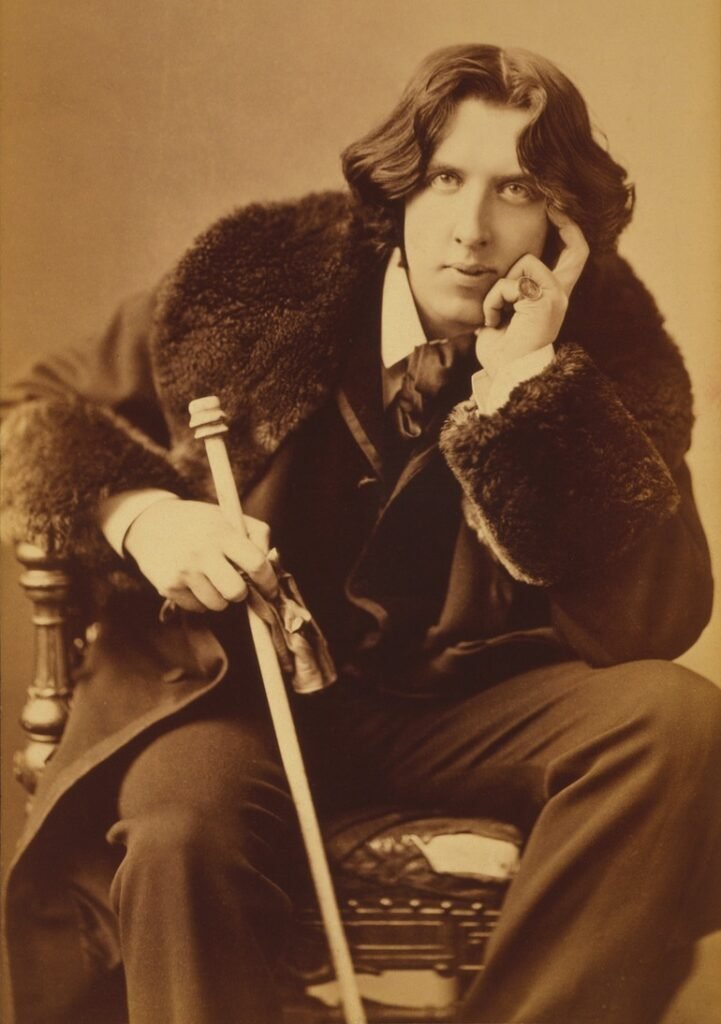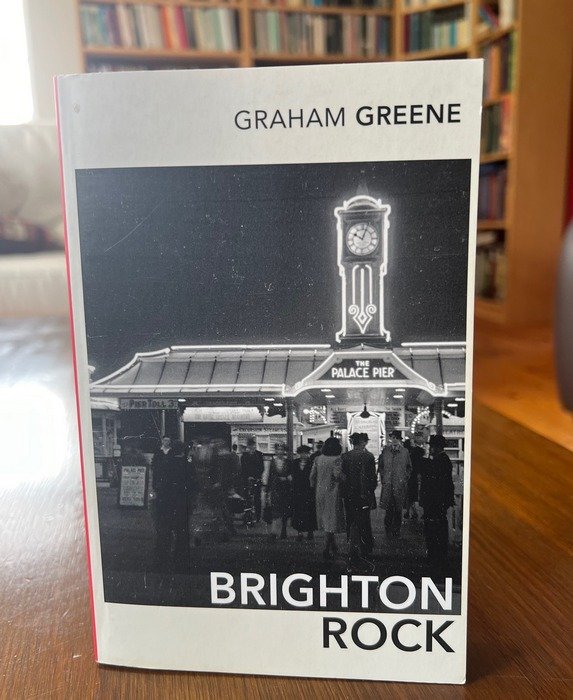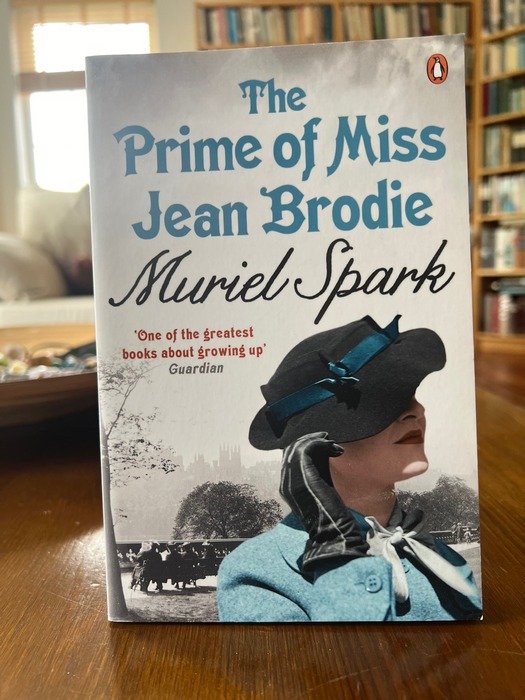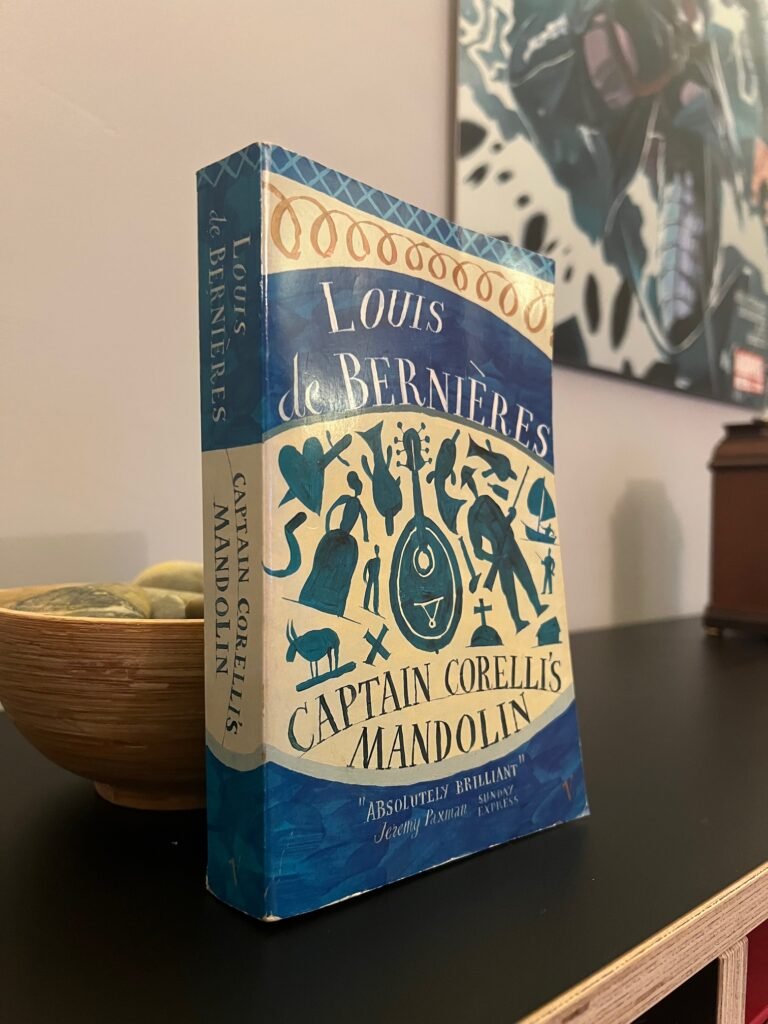Review: Ken Small – The Forgotten Dead
An odd little book, combining heroism, tragedy and guilty chuckles.
In 1944, a disastrous training exercise cost the lives of over 900 American servicemen. Conducted off the South Devon coast, ‘Exercise Tiger’ was vital preparation for the D-Day landings.
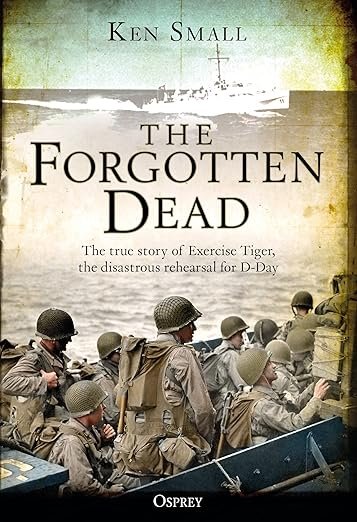
Initially, there were sound military reasons for keeping the tragedy secret. But after the war, the wall of silence remained. No memorial commemorated those who died; families of the dead men were kept in the dark.
Exercise Tiger had been conveniently forgotten.
Nearly forty years later, hotelier Ken Small was instrumental in uncovering the truth about the ill-fated mission. The Forgotten Dead is his account of that terrible night, and of his struggle to get official recognition for the fallen servicemen.
The first half: desperate tragedy
The Forgotten Dead is a book of two halves. The first five chapters detail the background and the operation itself, the aftermath, and an analysis of what went wrong. Essentially, the British Navy had much to answer for. They failed to protect the American convey adequately from prowling German torpedo boats, or even alert them to the presence of enemy vessels. In consequence, several American landing vehicles were torpedoed. With few deployable lifeboats, hundreds of young men jumped into the numbing cold of the Atlantic. The majority died, overcome by hypothermia and exhaustion.
The attack itself is documented mainly through the first-hand accounts of survivors. Direct and often moving, these give a real sense of the confusion and desperation of those young men, plunged literally into a life-or-death struggle.
And then there’s the second half
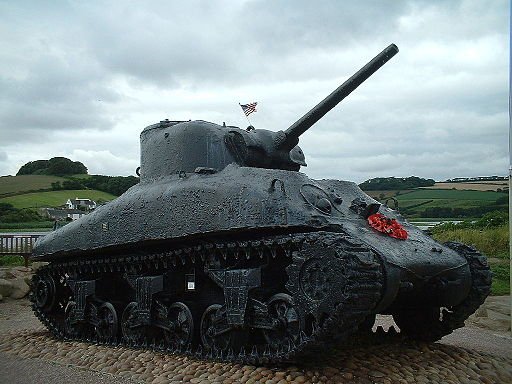
The original uploader was Shahirshamsir at English Wikipedia., Copyrighted free use-link, via Wikimedia Commons
The remaining five chapters deal with Ken Small’s eighteen year fight to bring a memorial to Slapton Sands. Having remained more-or-less in the background for five chapters, Ken now takes centre-stage. And it’s here that the book turns into an unexpectedly peculiar reading experience.
There can be no doubt about Ken’s accomplishments. He ensured that the sacrifice of those servicemen – most of them were little more than boys – was properly recognised. He righted an injustice. He gave a sense of closure to scores of families.
We don’t need to infer any of this, because Ken points it out himself. He records the plaudits, commendations, awards, compliments and thanks that he received from relatives and army officials. He’s not shy about reporting their intense gratitude. He proudly cites a letter from Ronald Reagan thanking him (Ken) personally for his efforts. The presidential letter was prompted by a request from… Ken.
Ken’s unstoppable crusade
It’s a rare breed of man who has the front to ask the President of the USA for a letter of thanks. Or is it front? I think it’s more that Ken had little sense of how others perceived him, and almost no sense of other people’s needs. He was by no means a reflective person. At no time does it occur to him what seems blatantly obvious to me – that in addition to honouring the dead, Ken Small wanted to build a monument to Ken Small.
All this sometimes makes for some guiltily chucklesome reading. Ken spends hours on the phone each day, mercilessly pursuing anyone who he thinks might help in his crusade. He won’t take no for an answer. It takes zero reading between the lines to sense how many officials’ hearts sank into their boots because that man was on the phone yet again. Ken records their occasional frustrated outbursts for posterity. He also records slights against his character made thirty years previously (ones that are unrelated to Exercise Tiger). Ken was not one to forgive and forget.
Ken’s obsession got things done
Though Ken’s quest has its comedic moments, there’s sadness as well. After many years of marriage, Ken’s wife divorces him, citing his eighteen years of obsession with his memorial and closeness to his female assistant. Perhaps tellingly, Ken was oblivious to the fact anything was wrong. At the book’s close, he still can’t really understand his wife’s reasons.
Ultimately, though, these same character traits enabled Ken to retrieve a WWII tank from 60 feet of water, erect it as a lasting monument to forgotten servicemen, and bring some measure of comfort to hundreds of people.
God bless him for that.
The Verdict
Hey, don’t neglect this classic.
OK, calling it a classic might be a bit premature. But I reckon that my book is a pretty good read – for the right sort of person!

The Best Nuisance I Can Be is a novelisation of my real 1984-85 college diaries. It covers my tumultuous final year as an undergraduate at an English university, a period that delivered friendship, love, oodles of fun and some horrible self-discoveries.
